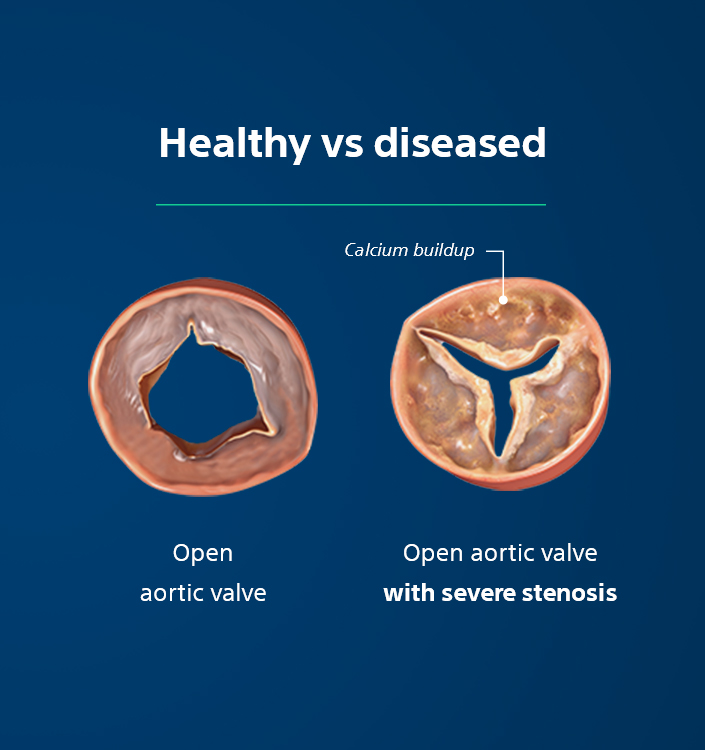If you’ve been diagnosed with severe aortic stenosis, you’re not alone
Affecting about 7% of all people over the age of 65, aortic stenosis is the most common valvular heart disease in the world.1 If your physician has recommended a Transcatheter Aortic Valve Replacement (TAVR) procedure, you have a severe form of aortic stenosis. We’ll help you learn more about your condition, the procedure, and what to expect as you move forward with treatment.
Patient stories
Hear straight from patients, their heartfelt stories and how having a TAVR procedure changed their lives for the better.
Illustrations for information purposes – not indicative of actual size or clinical outcome.
1. Bach D, Radeva J, Birnbaum H, et al. Prevalence, Referral Patterns, Testing, and Surgery in Aortic Valve Disease: Leaving Women and Elderly Patients Behind. J Heart Valve Disease. 2007:362-9.
2. https://www.ncbi.nlm.nih.gov/pmc/articles/PMC5317356/




